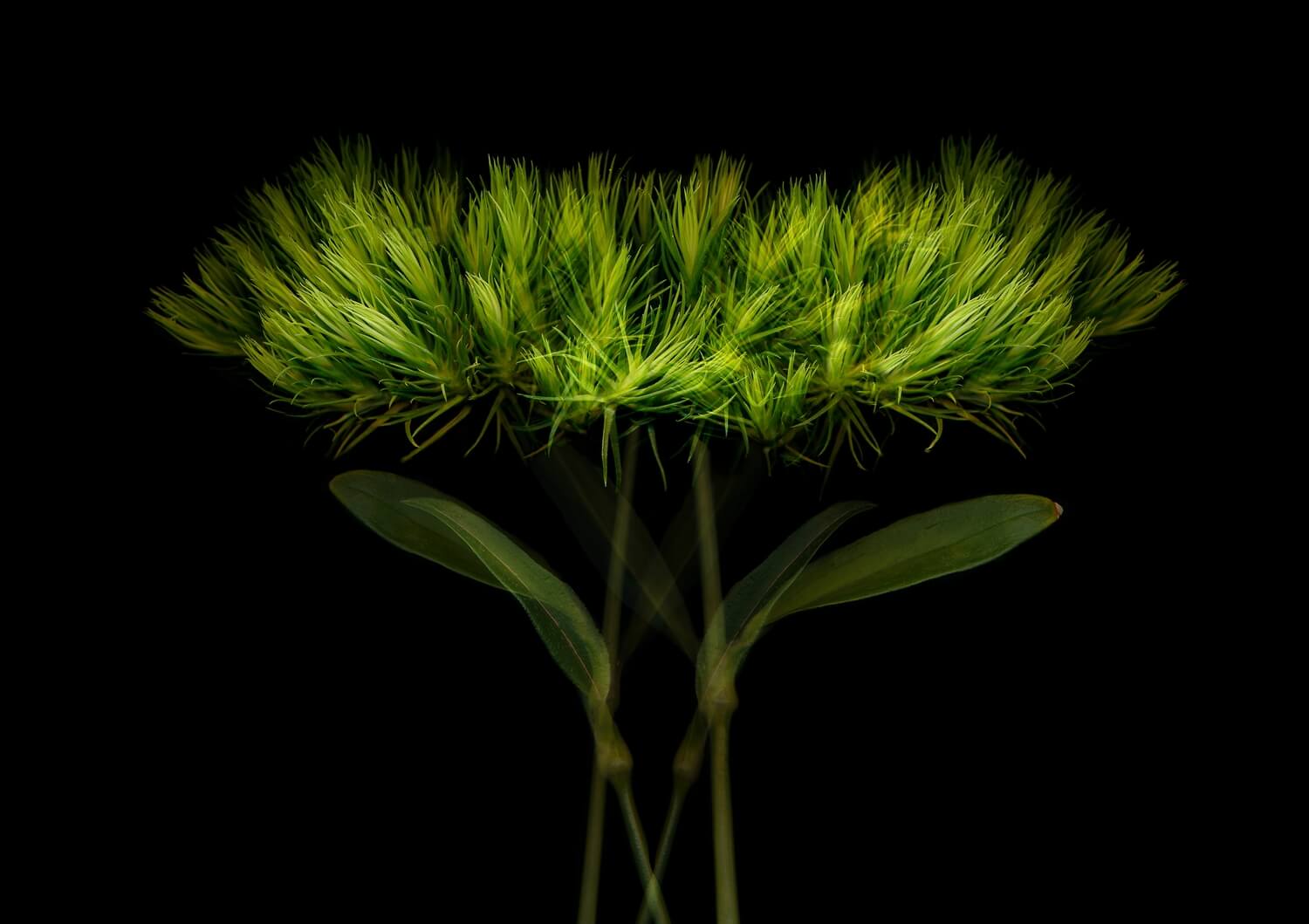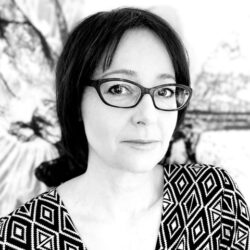
Anne Mason-Hoerter

PX3 Prix de la Photographie Paris 2024 – Professional
First Place Winner in Nature – Wild Flowers
How has your personal experience or background shaped the themes you explore in your photography?
I grew up in a family where the scientific aspects of botany and an interest in the protection and conservation of the environment were significant topics. Our garden was vast, teeming with diverse plants and trees designed by my grandfather, who was an agronomist. The different forms of growth, dynamic movements, and how they transformed after succumbing to environmental challenges constantly fascinated me. My memories of this place remain deep but continually shift in their impact and emotion, which drew me into my interest in how memory is distorted through time, particularly how we perceive and remember the environment, which became a significant study area. This concept has become a crucial aspect of my photography work, influencing how I capture and interpret the ever-changing natural world.
What drew you to participate in photography competitions like PX3, and how has this recognition influenced your career?
I have participated in the PX3 photography competition since 2016, when I was awarded my first gold and the Nature category winner. The opportunity to present my work to professionals without an agency or gallery representation has been immensely beneficial and rewarding.
Can you walk us through the creative process within your winning image? Were there any unexpected moments during the shoot?
This long-term project, which started in 2013, is deeply personal. I started it after my father’s death because I noticed that my retrieval of childhood memories was much different than that of my brothers. Why was that? Are there factors in our lives that influence this change? Can we rely on our memory for essential issues?
This photography project involves reconstructing plants affected by climate change based on my childhood memories of seeing those plants in my home environment. First, I meticulously dismantled the plants and photographed their various parts under different lighting conditions for several days. Later, after a number of weeks, I reassembled the hundreds of images, relying solely on my memory.
In my process, I seek to recreate plants’ intricate details, challenging my memory of them. This raises the question of whether our memory will become more crucial as climate change leads to increased plant species extinction. If so, will our memories be accurate?
How do you balance technical skill and artistic vision in your work?
My technical skills have evolved through realising my artistic vision. To achieve this in my studio, I first had to deconstruct the plant and then reconstruct it on my computer. Over time, I discovered that the larger the components, the more surreal and captivating the images became while still showcasing the unique beauty of the plant.
My interest in the memory retrieval process, where a person has to piece together the information bit by bit to create a recollection, along with emotional and stress factors, has shaped my artistic vision.
In what ways do you think photography, as a medium, can drive social change or impact public perceptions?
Photographers can convey complex societal issues such as poverty, inequality, or environmental issues through their images in a way that inspires a deeper understanding. This visual narrative has the power to encourage the audience to confront issues and hopefully become involved in positive change.
Are there any particular genres or subjects you want to explore further in the future?
I plan to explore this long-term project further and, eventually, the impact of memory on food and other botanical issues.
What are your long-term goals as a photographer, and how do you plan to evolve your work moving forward?
As mentioned previously, I am deeply involved in this project, which raises questions about the future importance of our memories of plant species that may eventually become extinct. . How will my memory continue to alter the plant after a longer extended absence before I attempt to reconstruct it? Will it still accurately resemble the species?
I aim to use this unique imagery to underscore the beauty and importance of the survival of the many species on our planet and the threat that climate change poses to upcoming generations’ access to nature.
The opportunity to exhibit my project in other galleries is an essential step toward achieving my long-term goal of encouraging people to act in favor of our planet so that we do not have to rely only on memories in the future.